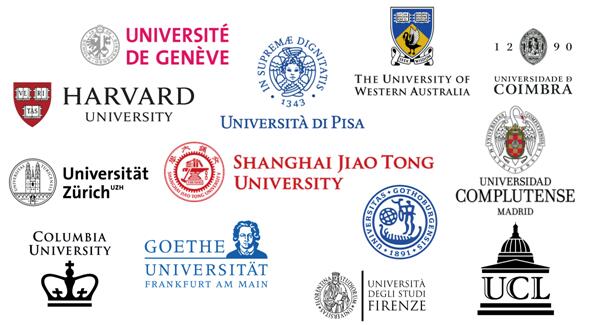Aspartame is officially classified as a "carcinogen": Why do sugar substitutes cause cancer? What other diseases are related to it? Reason | Substitutes | Carcinogens
The official website of the World Health Organization announced today that the Joint Expert Committee on Food Additives of the International Agency for Research on Cancer, the World Health Organization, and the Food and Agriculture Organization has released an assessment report on the health effects of the sugar free sweetener aspartame. The International Agency for Research on Cancer has cited "limited evidence" of human carcinogenicity and classified aspartame as potentially carcinogenic to humans. The Joint Expert Committee reiterated that its daily allowable intake is 40 milligrams per kilogram of body weight. For example, assuming there is no other aspect of food intake, if a beverage contains 200 or 300 milligrams of aspartame, an adult weighing 70 kilograms needs to drink 9 to 14 cans or more per day to exceed the daily allowance.
In recent years, there has been ongoing discussion on whether a series of "sugar substitutes" such as aspartame are harmful to health. Can you still have a pleasant drink after finishing the sentence today? Jiefang Daily's Shangguan News reporter invited Xu Renying, Director of the Nutrition Department of Renji Hospital affiliated with Shanghai Jiao Tong University School of Medicine, to provide an answer.
It is reported that aspartame is an artificial sweetener that has been widely used in various food and beverage products since the 1980s. "It is most commonly found in soft drinks, ice cream, chewing gum, and other foods. In addition, some products such as breakfast cereal, weight loss drinks, toothpaste, cough suppressants, and vitamin chewable tablets also contain aspartame. Consumers can check whether the product has added aspartame through the food label, but the specific amount may not be indicated on the food label." Xu Renying specifically mentioned that although 40 milligrams per kilogram is currently a safe dose for daily consumption, the safety of long-term use is still difficult to evaluate.
In 2022, a French research team released an epidemiological survey based on 102865 participants in China at PLOS Medicine, which showed that artificial sweeteners can increase the risk of tumor development, with aspartame and potassium acetylsulfonate having the most significant effects.
So, why may aspartame be carcinogenic? Xu Renying explained that the main mechanism of its action is that metabolites may cause DNA damage to the body, promote the expression of some tumor genes, and weaken the normal mechanism of clearing cancerous cells in the body, which may jointly lead to the occurrence of tumors. "Cancer is one of the leading causes of death worldwide, with one in every six people dying from cancer." As Dr. Francesco Branca, Director of the Nutrition and Food Safety Division of the World Health Organization, said, the academic community is currently expanding scientific exploration to assess potential triggers or promoters of cancer, in order to reduce both disease and mortality rates.
Xu Renying said that in existing animal experiments, it has been shown that aspartame intake is associated with lymphoma, leukemia, and urinary system tumors. Of course, for epidemiological research, the biggest challenge lies in estimating intake. "The food frequency method and 24-hour dietary review method currently used all have issues with recall bias. Secondly, due to differences in population and tumor types, there may also be differences in research results." Therefore, he proposed his own viewpoint: the relationship between aspartame and tumor development is relatively weak, but there are significant differences. "Aspartame is a possible risk factor for tumor development, but not all carcinogenic factors."
However, in addition to aspartame, artificial sweeteners such as acesulfame and sucralose are also widely used. "It should be said that all artificial sweeteners may have the risk of cancer. The main reason why aspartame has attracted attention this time is that it is the most widely used and the general population has the highest awareness." Xu Renying said that in addition to the potential carcinogenic hazards, it is also closely related to obesity, diabetes, cardiovascular diseases, neurodegenerative diseases such as Alzheimer's disease and Parkinson's disease.
It can be said that many consumers choose sugar substitutes for the sake of "health and low sugar". "The main reason why milk tea and beverages cause weight gain is through sugar substitutes and added sugar." Xu Renying explained that this refers not to the sugar contained in the food itself, but to the addition of glucose, sucrose or syrup for taste and other reasons. "If you want to lose weight, you should also limit the sugar content of the food itself in your daily diet to avoid excessive intake and energy surplus. Ultimately, excess sugar can be converted into fat storage, leading to obesity."
The International Agency for Research on Cancer and WHO will continue to monitor new evidence in the future and encourage independent research teams to further study the potential link between aspartame exposure and consumer health effects.




